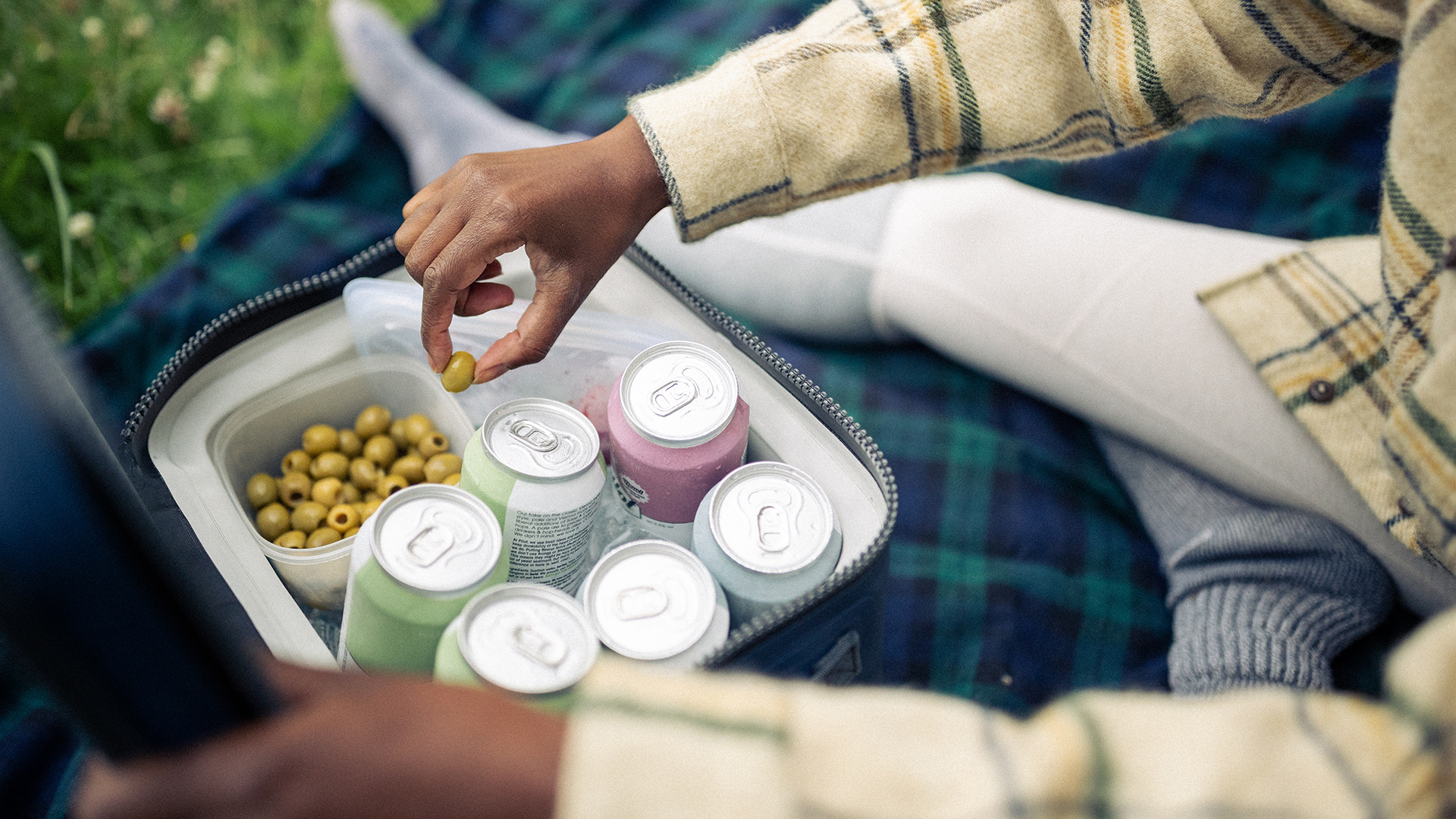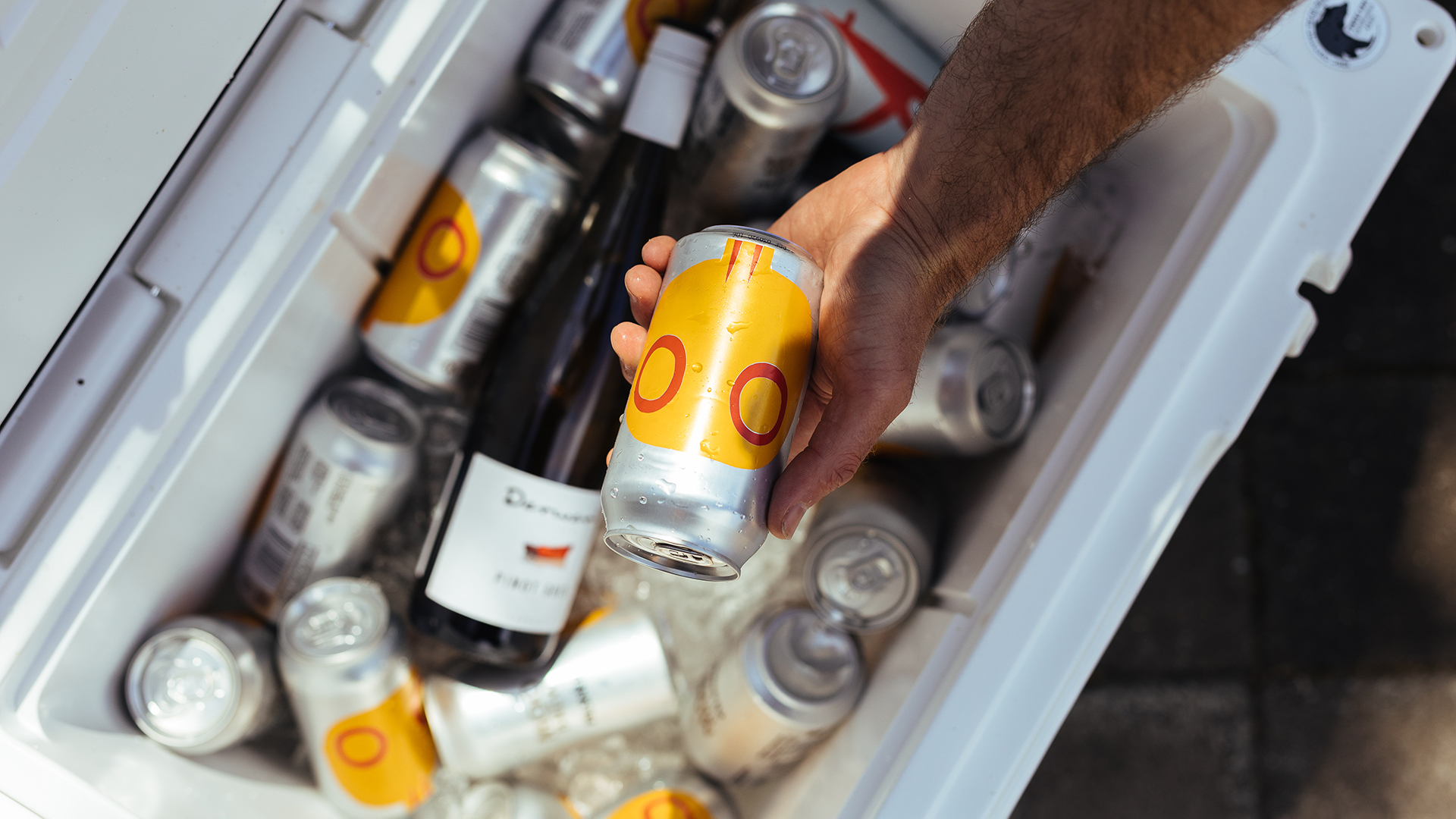Packing a cool box isn’t as simple as it looks – but there is a right way to do it
From using frozen blocks to stuffing the gaps with old newspaper, here’s how to get the most chill for your buck, without wasting ice or space


Let’s get this straight: packing a cool box (or cool bag, if you're going soft-sided) isn’t just about chucking in a few cold cans and hoping for the best. Do it wrong, and your food warms up by midday. Do it right, and you’ve got crisp beers, fresh fruit and chilled pasta salad until sunset (or longer).
So why does it matter? Because cold retention isn’t just about the quality of your cooler, it’s about what you put in it and how. You can't expect even the best YETI coolers to do the work for you. Passive insulation technology can only help you so much.
Leave air pockets, start with warm drinks, or forget to pre-chill, and you’re basically handing your ice a fast-track ticket to melt town. There are a number of ways to ensure your cooler stays chill for not just hours, but days. Some are more unconventional than others.
“If you're not filling the cooler to capacity, use clean towels or crumpled-up newspaper to fill any gaps,” a YETI spokesperson told T3. “Reducing air space inside helps retain the cold for longer.” Of course, chucking sheets of newspapers on top of slowly melting ice isn't best practice, but you get the idea.
Here’s a useful rule of thumb: a properly packed cool box can retain ice for days. One that’s half full, poorly prepped, and stored in direct sunlight? You’re lucky if it lasts six hours – big difference.
Ice acts as thermal mass: the more of it you have, the more cold energy your cooler can maintain. If you can fill all gaps in your cooler with ice, it will stay cool way longer than if those pockets are filled with air, as the latter is a poor insulator.
Long story short, the more space inside, the more your ice has to work to maintain low temperatures. There are a few missteps nearly everyone makes:
Get all the latest news, reviews, deals and buying guides on gorgeous tech, home and active products from the T3 experts
- Not pre-chilling the cooler: Putting ice into a hot or sun-warmed cool box means it starts melting immediately.
- Adding warm drinks or food: This forces your ice to cool the contents first, draining precious energy.
- Packing without a system: Randomly thrown items, especially warm ones, disrupt airflow and create heat spots.
- Using only ice cubes or bags: Smaller ice melts quicker. To maximise efficiency, mix block ice, wet ice, and frozen gel packs.
The most common method to pre-chill your cool box is to use what's called a sacrificial bag of ice, one that will be thrown away before you start filling up the box with stuff you want to keep cold. Needless to say, this isn't the most sustainable way to address the issue.
Luckily, you can chill your cool box without wasting too much water. YETI recommends a more sustainable pre-chill method: “We suggest freezing two sets of reusable cool packs – one sacrificial set for pre-chilling, and one for actual cooler use,” their spokesperson said.
“To make it even more efficient, bring the cooler indoors first – ideally somewhere air-conditioned – and leave the lid open so the interior reaches room temperature. Then insert the sacrificial blocks. Once cooled, re-freeze them and load your cooler with the second set of blocks, wet ice and pre-chilled contents.”

Smarter packing, longer chilling
Packing like a pro means following a few key steps. Start by pre-chilling everything – your cool box, the food, drinks and ice blocks – so nothing enters the box warm. When loading, layer your cold sources strategically: place block ice at the base, a middle layer of wet ice, and, if possible, a final layer over the top.
Fill any empty space with insulation, such as clean (chilled) towels, crumpled paper, or cloth bags, to prevent air pockets from warming things up. Once packed, keep the lid closed as much as possible; open it once, grab what you need, and shut it again promptly.
Finally, store your cool box out of direct sunlight: under a towel, in the shade, or tucked inside a tent or car boot is ideal.
Don’t forget: your cooler is a fridge, not a freezer
It’s about maintaining low temperatures, not magically transforming warm items into chilled ones. If you’re going out for more than a day, consider having one cool box for drinks and another for food, so the more frequently opened one doesn’t sabotage the other.
Treat your cool box like a piece of performance gear. The better you prep it, the better it performs. Pack it poorly, and you're just lugging around a glorified plastic box of puddles.

Matt Kollat is a journalist and content creator who works for T3.com and its magazine counterpart as an Active Editor. His areas of expertise include wearables, drones, fitness equipment, nutrition and outdoor gear. He joined T3 in 2019. His byline appears in several publications, including Techradar and Fit&Well, and more. Matt also collaborated with other content creators (e.g. Garage Gym Reviews) and judged many awards, such as the European Specialist Sports Nutrition Alliance's ESSNawards. When he isn't working out, running or cycling, you'll find him roaming the countryside and trying out new podcasting and content creation equipment.
You must confirm your public display name before commenting
Please logout and then login again, you will then be prompted to enter your display name.